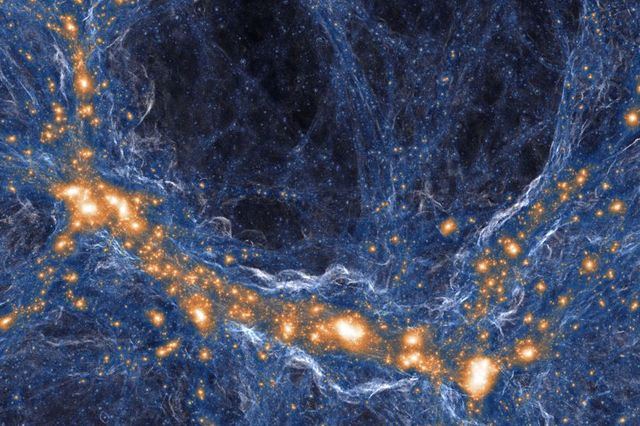Dark matter is one of the least understood aspects in physics. The evidence for dark matter is from its gravitational influence on galactic scales which cannot be explained by the presence of conventional matter. Despite its large gravitational interactions, it is notoriously difficult to learn about dark matter as it does not interact with electromagnetic fields, hence the name of “dark” matter.
But just because it is difficult to get it to interact with anything on the electromagnetic spectrum does not mean it is impossible to detect other feeble interactions it may have. A team of theoretical physicists from Caltech have recently proposed a novel type of experiment that may just hold the key to understanding dark matter with specific types of interactions.
Continue reading “A Tabletop-sized Experiment Could Help in the Search for Dark Matter”
